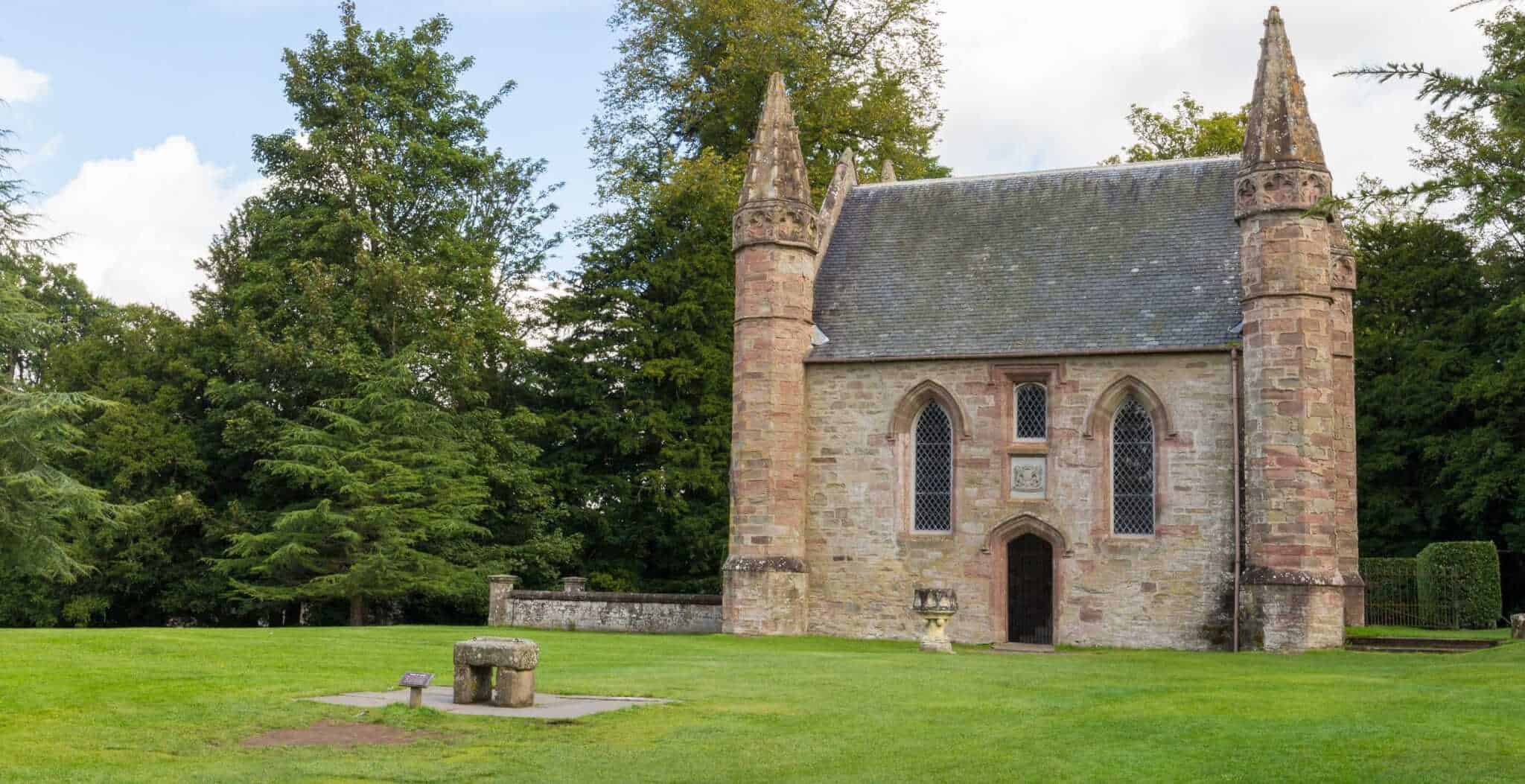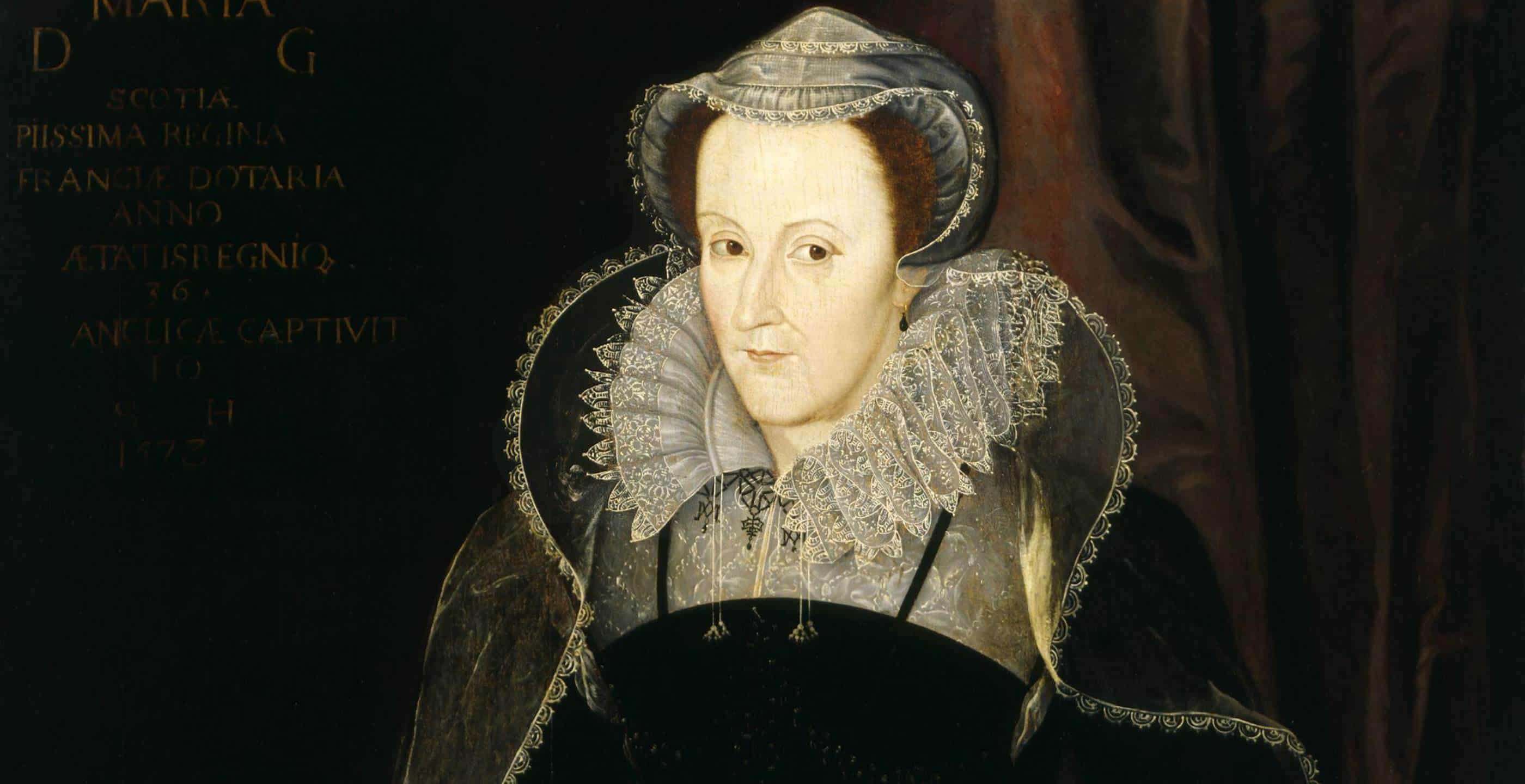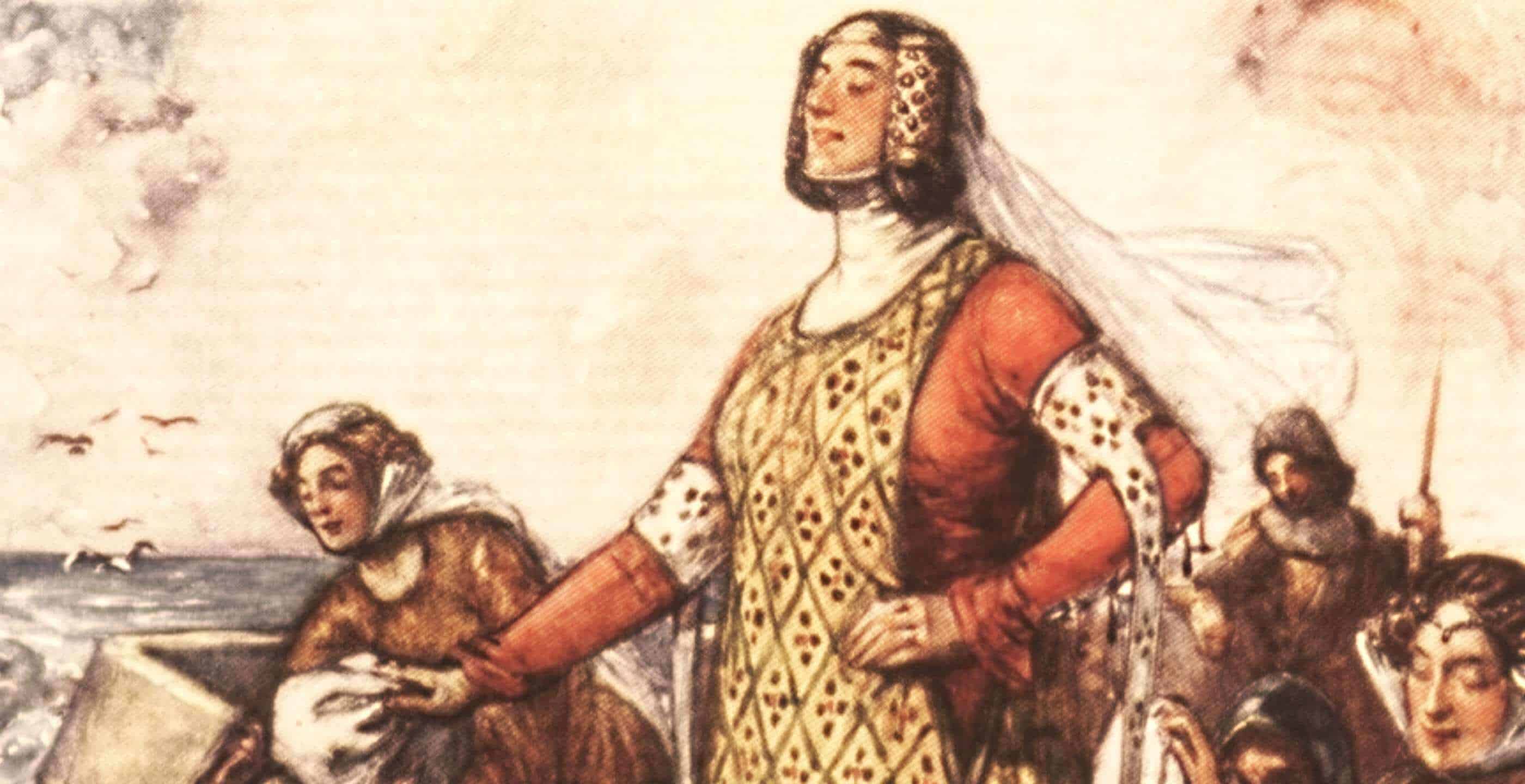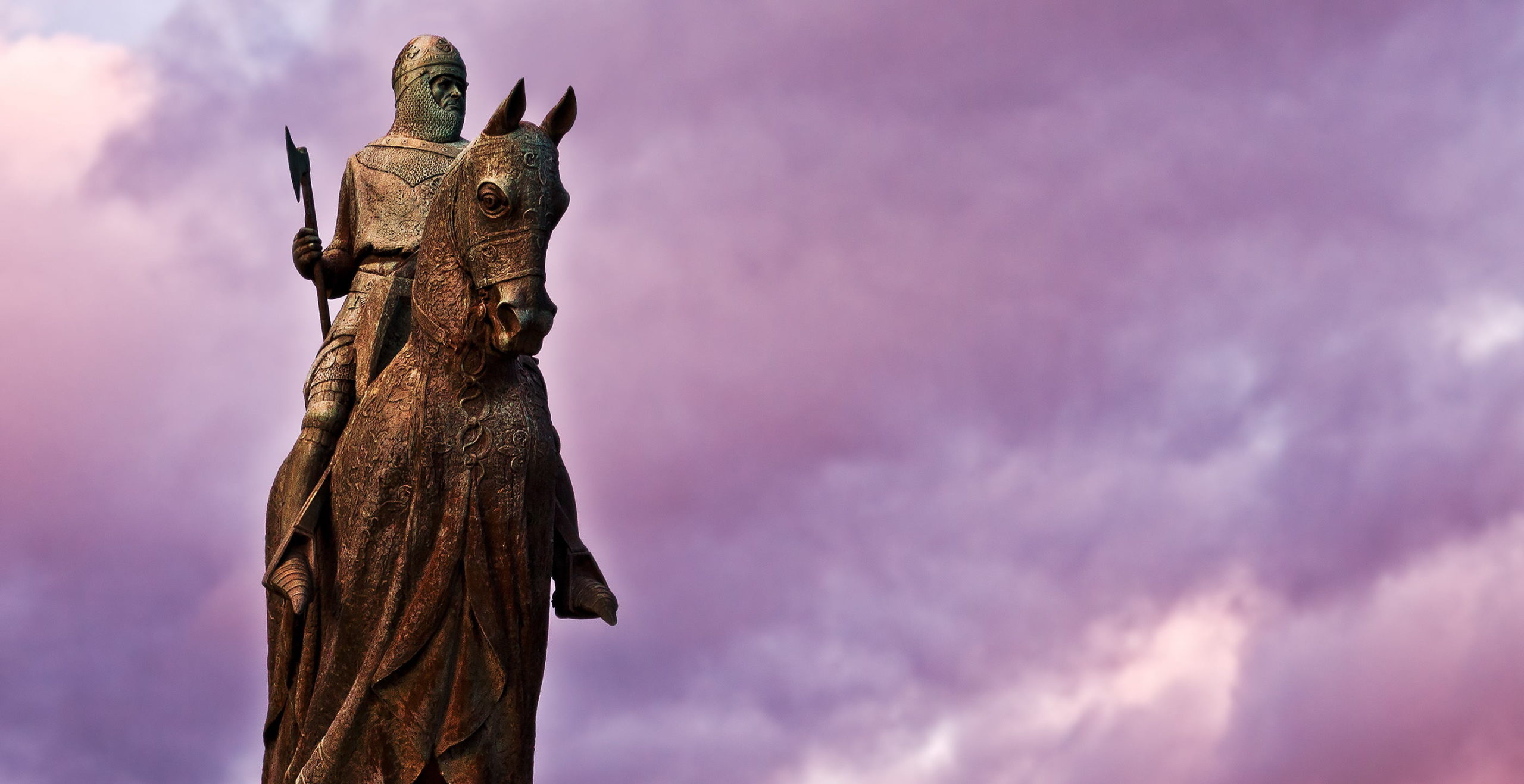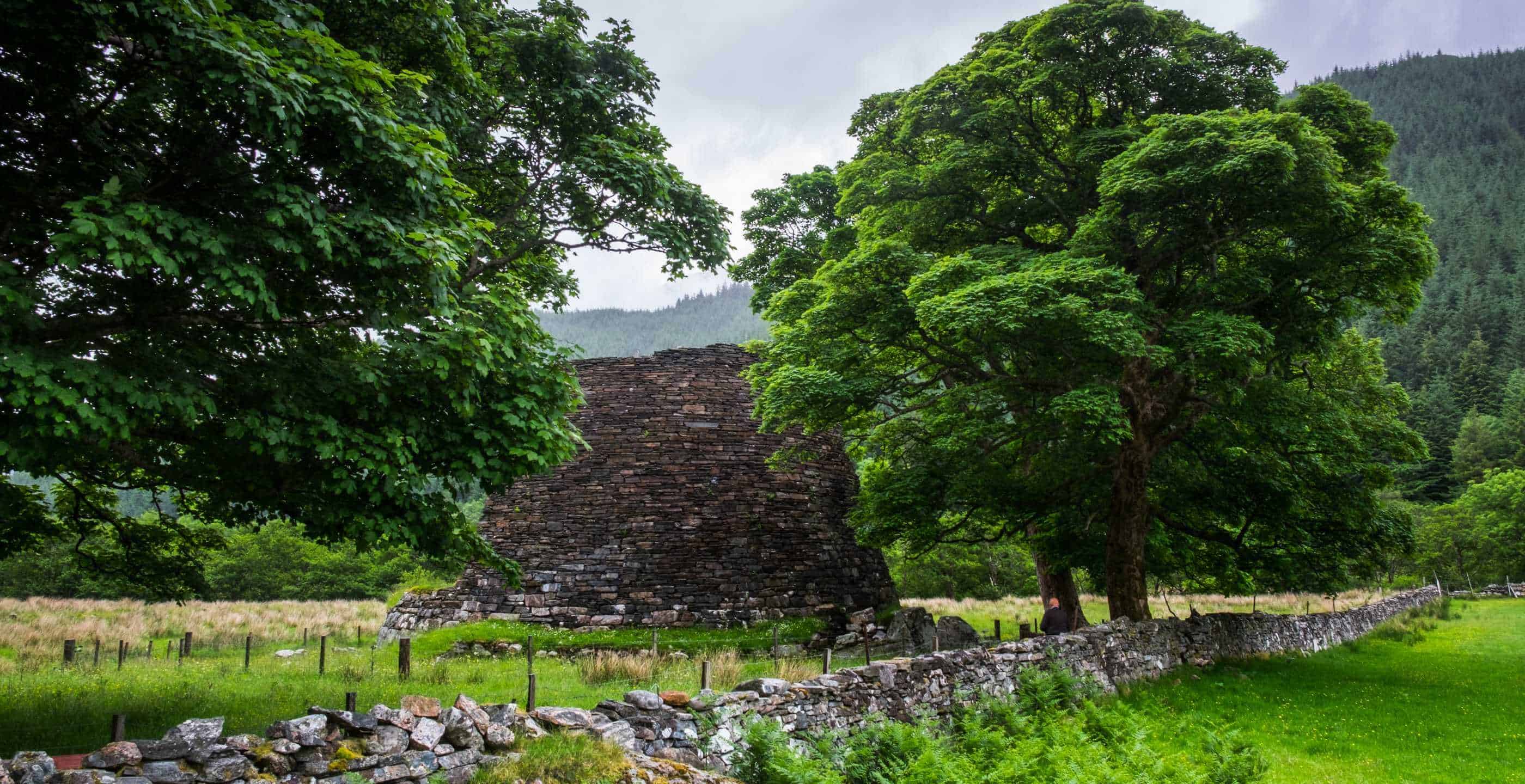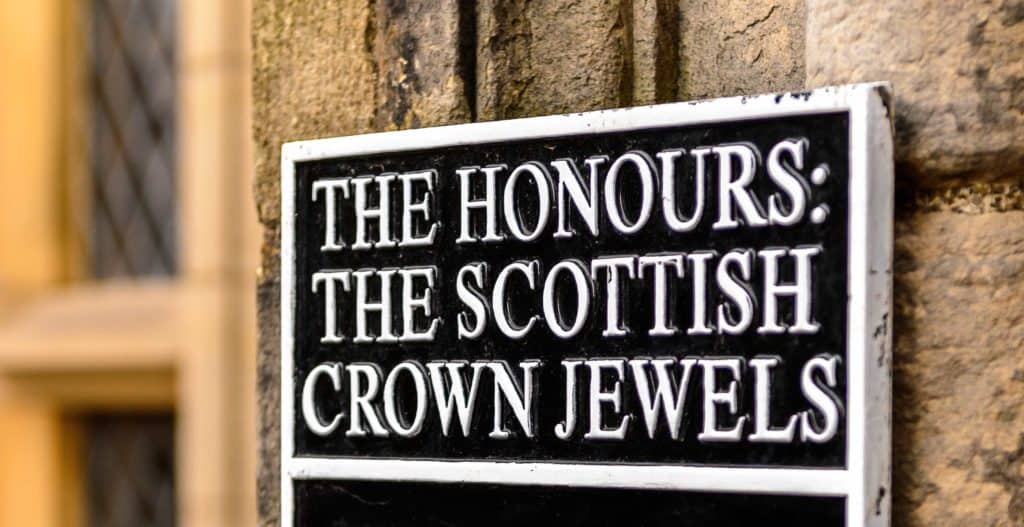The Celtic name of the stone upon which the true kings of Scotland have traditionally been crowned is Lia Fail, “the speaking stone”, or the stone which would proclaim the chosen king.
It was originally used as part of the crowning ceremonies of the Scots kings of Dalriada, in the west of Scotland, an area just north of Glasgow now called Argyll.
When Kenneth I, the 36th King of Dalriada united the Scots and Pictish kingdoms and moved his capital to Scone from western Scotland around AD 840, the Stone of Destiny was moved there too. All future Scottish kings would henceforth be enthroned on the Stone of Destiny atop Moot Hill at Scone Palace in Perthshire.
The stone in question is no ornately carved megalith, just a simple oblong block of red sandstone, measuring some 650mm in length by 400mm wide, and 270mm deep: with chisel marks apparent on its flat top. So where did this magical or mythical stone originate from, and why was it held in such reverence by the kings of old?

One legend dates back to biblical times and states that it is the same stone which Jacob used as a pillow at Bethel. Later, according to Jewish legend, it became the pedestal of the ark in the Temple. The stone was brought from Syria to Egypt by King Gathelus, who then fled to Spain following the defeat of the Egyptian army. A descendant of Gathelus brought the stone to Ireland, and was crowned on it as King of Ireland. And from Ireland, the stone moved with the invading Scots to Argyll.
What is sure however, is that the Stone of Destiny remained at Scone until it was forcibly removed by the English King Edward I (“Hammer of the Scots”) after his Scottish victories in 1296, and taken to Westminster Abbey in London.
The current Coronation Chair was made to house the stone in 1301 and it was first used at the coronation of Edward II, and thereafter to crown every subsequent king and queen of England. But can we even be sure of that?
Still another interesting legend surrounding this mystical stone suggests that as King Edward I approached the palace, the monks of Scone hurriedly removed the Stone of Destiny and hid it, replacing it with another stone of similar size and shape. And it was this which the English King carried off in triumph back to London.
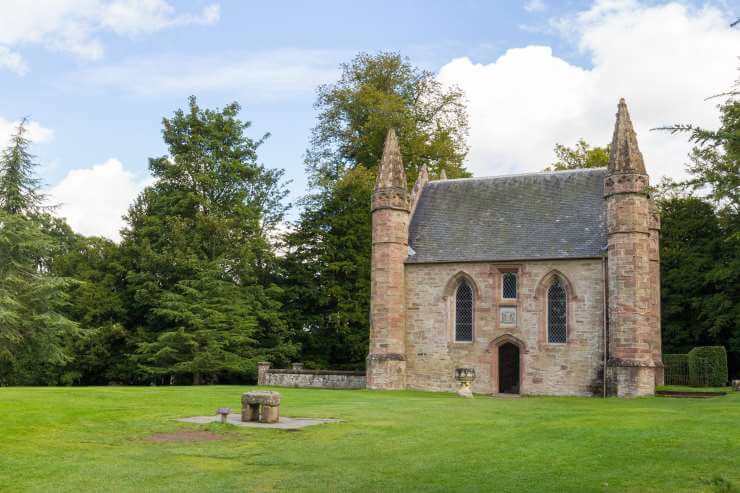
Perhaps this legend is not so far-fetched as it could help to explain why the Coronation Stone is so geologically similar to the sandstone commonly found around Scone.
On St Andrews Day, 30 November 1996, 10,000 people lined Edinburgh’s Royal Mile to witness the Stone of Destiny return to Scotland for the first time in 700 years.
In a service at St Giles cathedral the Church of Scotland Moderator, the Right Reverend John MacIndoe, formally accepted the stone’s return. But was this the real stone?
A further twist surrounds the abduction of the Stone of Destiny from Westminster by Scottish Nationalists on Christmas Day 1950. Although the stone was eventually returned by the ‘stone-nappers’ in the following April, modern myth questions whether it was the actual Stone of Destiny that they returned!
Whether or not the Stone of Destiny which is now proudly displayed at Perth Museum is in actual fact the traditional coronation stone of Scottish kings it still remains a powerful symbol of Scottish independence. This iconic artefact is still used to crown kings and queens of the United Kingdom today, including the coronation of King Charles III in May 2023.
